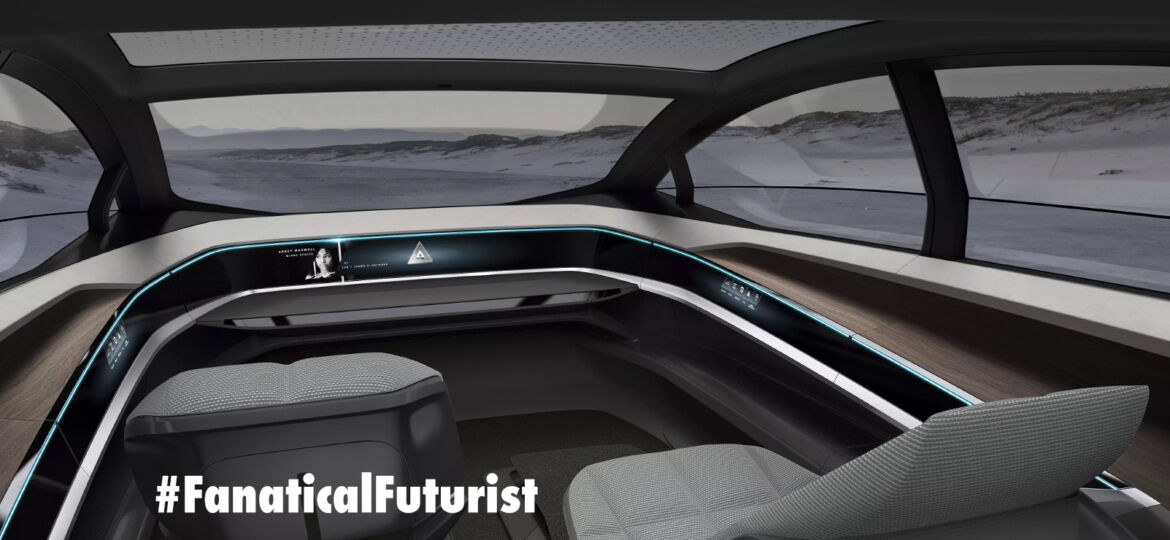
WHY THIS MATTERS IN BRIEF
Most people think that self-driving cars are simply the next natural evolution of the car when actually they signal the death of the car as we know it.
Not all concept cars make it off the auto show floor and into production, but now, with the advent of self-driving cars, which I hailed as the “End of the car” at my recent keynote in Helsinki on the Future of Transportation, and for reasons you’ll understand shortly, many automakers are throwing caution to the wind and coming out with bigger, bolder designs that show that this new autonomous world demands a paradigm shift in thinking. The result is that companies need to figure out what consumers will actually want in their future autonomous car, and, even more importantly, they need people to get comfortable with the very idea of a self-driving world.
While Audi is one of the companies at the bleeding edge of developing self-driving cars their new “Long Distance Lounge,” or LDL, concept takes it a step further and is their most ambitious concept yet, not just because of its design, but more for what it represents – a stark break from tradition and the beginning of the end for the car as we all know it.
On the surface, the LDL is the latest in a slew of pod like concepts that have made the rounds in the last few years that are increasingly being called living rooms on wheels, but the LDL concept pushes this to the limit, including a power reclining lounger and a pair of rounded captain’s chairs with modern overtones as standard. But the LDL is significantly more thoughtful and complete than that, with much of its flexibility and technological capability hidden at first glance.
Browse the Gallery
The LDL’s layout is predicated on full Level 5 Autonomy, where the occupants never need to take control of the vehicle and where vehicle crashes are infinitely rarer than today thanks to connected car telematics. Thus, there’s no need for a steering wheel, pedals, or even seat belts. The design also presumes in-wheel electric motors and flat pack batteries which means that the LDL’s internal canvas, so to speak, is essentially blank.
Slightly larger than Audi’s existing A8L flagship sedan the LDL has gotten rid of everything you’d expect to see in a car, except for the seats, and replaced it with equipment that wouldn’t be too far removed from an office or lounge.
Enzo Rothfuss, has been Head of Interior Design at Audi AG since 2012, and his enthusiasm on the topic is infectious. He and his team have been working on the project for a long time.
“This is very, very special, because nobody ever has seen this [concept] before, other than our members of the board,” he says.
“Let’s think about the fully autonomous car. What would it look like? And what does that make an Audi?” he says, “we are thinking of completely different [vehicle] configurations. If you need [something] for a business journey, you can rent a business environment. If you are fully concentrated on working for five hours with a couple of people, then there should be the perfect moving object for you.”
Note that Rothfuss says “moving object” and not car and you’ll have just spotted the huge paradigm shift in his, and arguably Audi’s, thinking.
The LDL’s masterpiece though is its augmented reality screens that either add details to everything that’s whizzing by outside, or, with the flick of a finger, makes the cabin semi-private, and place a smartphone on the desk’s surface and an embedded interactive screen comes to life. You can even turn the entire window opaque so it’s easier to watch a movie or take a nap.
Similarly, and thanks to a network of sensors and facial recognition cameras that are positioned throughout the interior, the LDL also knows where you’re seated and what you’re looking at so it can display information accordingly.
Spotted something really cool and want to share it with your companion, who is sitting on the lounge? Just swipe the blue light cursor on the aluminium rail sitting just below the window ledge in the direction of the recipient and the content will appear on the screen nearest to them. Of course, there’s a potential downside to all of this – information overload and intrusive adverts but you could argue that they might come with the territory – after all, you are sitting in a lounge slash office environment surrounded by giant screens.
Audi’s vision for future luxury is the car as a facilitator, and it’s all aimed at recovering what Audi officials call “The 25th Hour,” that period of the day traditionally lost to hands on the wheel commuting, and in the future, it’s likely that that “luxury automotive experience” will also extend to more services outside the vehicle. For example, today, some premium automakers offer concierge services that include things like picking up and dropping off your car when it goes in for repairs, but here again Rothfuss is thinking bigger.
“You need a whole ecosystem around [the car]. That way it’s always cleaned up, and the batteries are always fully charged,” and it’s not just basic upkeep. Rothfuss hypothesizes Audi could one day have a network of owner or member only lounges dotting the roads like rest areas.
“You want to stop sometimes, get something to eat, refresh, whatever. Just go to the Audi Lounge, have something to eat. You go further on with your trip, and I go somewhere else from the Audi Lounge, because at the Audi Lounge is my vehicle and I go to a different point.”
Of course, Rothfuss isn’t suggesting that Audi is poised to get into the travel business or even thinking about it, but as the car transforms into a lounge or even just a basic pod, it’s inevitable that today’s auto manufacturers will have to evolve too. After all, when the product you’ve been selling for a hundred years becomes obsolete almost overnight nothing less than a radical re-invention is needed, and that’s what we’re starting to see.

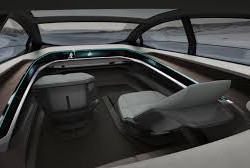
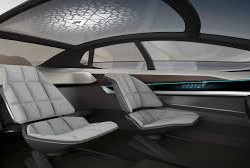
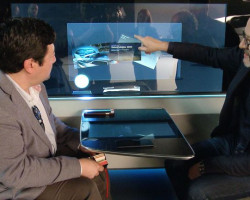
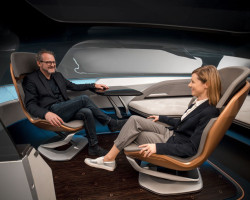
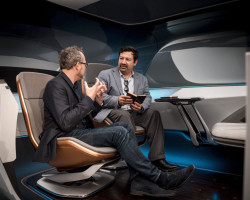
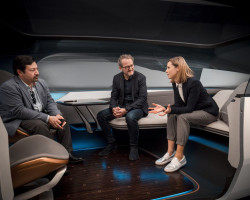
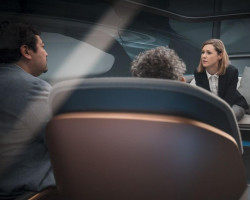
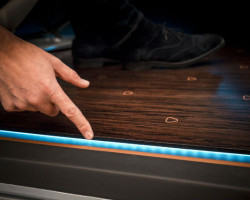
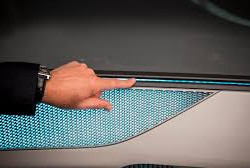
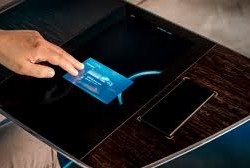
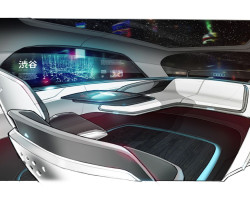
















Well of course AV’s, as dream’t of by the soulless worms of the digital world, mean the end of the car as wee know it, and our independence from government for travel, our privacy and maybe our health due to the increased background level of microwave radiation.
Finally, Audi woke up, and pulled it’s head out of the sand.
Traditional OEM Automakers face a bleak and uncertain future.
Transportation (by any conveyance) As A Utility is indeed coming. Found in my independent research. I ( [H]uman ) dont care what [V]ehicle gets me to my [D]estination on [T]ime.
If i choose or want premium, I pay premium. See you Tomorrow!
Public transport has probably been around for as long as transport itself, but still people buy cars for their personal use.
Will still exist. but TAAU will allow everyone to ride. If you want to ride, a donkey will do. To go in style people will still want to pay extra for a Thoroughbred.
The same situation where nobody loves taxis yet Uber is $50B. Mass transportation is replacing by incentivised participatory opportunities.
Uber is $50B despite nobody liking taxis. Incentivised participation is replacing mass transit. https://dumbwaystodie.io